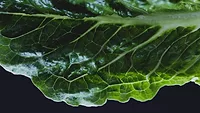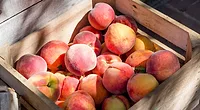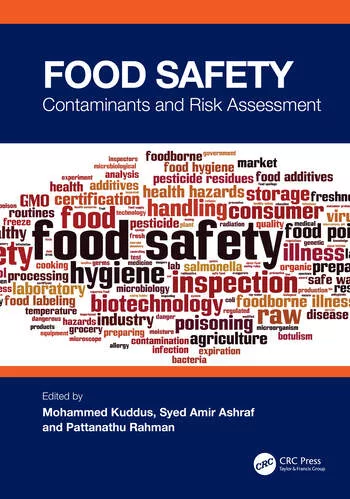Researchers Studying Cross-Contamination in Dry Produce Packinghouse Environments

Image credit: mayu ken via Unsplash
An ongoing study funded by the Center for Produce Safety (CPS) is looking to fill knowledge gaps about the potential for microbial cross-contamination in dry produce packinghouse environments, and to produce science-based information that packers can use to devise risk assessments and mitigation strategies. The study is led by Nitin Nitin, Ph.D., with the University of California, Davis (UC Davis).
The project involves laboratory experiments with yellow onions and peaches, as well as two different surface materials typically found in packinghouses. Onions are packed under entirely dry conditions, while peach processing has a combination of a wet wash and dry packaging. The research results could be applied to any produce commodities that undergo a portion of handling and packaging under dry conditions.
Because bacteria act differently in a dry environment than when water is present, how pathogens move from produce to a food surface, or from a food contact surface to produce, is something that needs to be better understood.
Co-principal investigator on the study, Linda Harris, Ph.D. of UC Davis, is also collaborating with Oregon State University on another CPS-funded project that examines how production practices affect dry bulb onion safety. Between the two projects, Dr. Nitin said the research provides a continuum of what happens in the field and what happens in the packinghouse.
In the laboratory, the researchers are focusing on Salmonella because the pathogen is known to survive for long periods in dry environments compared to Escherichia coli or Listeria monocytogenes, which do not do well under similar settings. The researchers are also using the surrogate organism Enterococcus faecium so they can benchmark their results against standard and acceptable practices.
The experiments are designed to mimic cross-contamination that may occur in a dry packinghouse environment. The researchers measured microbial transfer from simulated packing surfaces—specifically, stainless steel and common plastic surfaces such as polyurethane—to onions and stone fruit. The researchers also assessed the transfer rate from inoculated produce items to packinghouse surfaces.
The treatments were held under a range of conditions and durations to measure bacterial die-off. The time period was selected to reflect the 2- to 3-month-long onion packing season.
Looking for quick answers on food safety topics?
Try Ask FSM, our new smart AI search tool.
Ask FSM →
The researchers also examined the influence of onion juice on packing surfaces in influencing the transfer of bacteria from the surface to onions. Surprisingly, they observed that the presence of onion juice enhances the transfer rate of bacteria compared to surfaces without onion juice. However, the researchers did not observe any significant inhibition of the inoculated bacteria in the presence of onion juice.
Although the results are preliminary, the researchers found bacterial species and transfer direction significantly influenced microbial movement between the produce and contact surfaces. The inoculum carrier—whether nutrient broth, onion extract, or a soil-water mixture—also played a role in transfer.
One of the main preliminary findings is that the transfer rate in a dry environment is significantly lower than in a wet environment, from what is reported in the literature.









